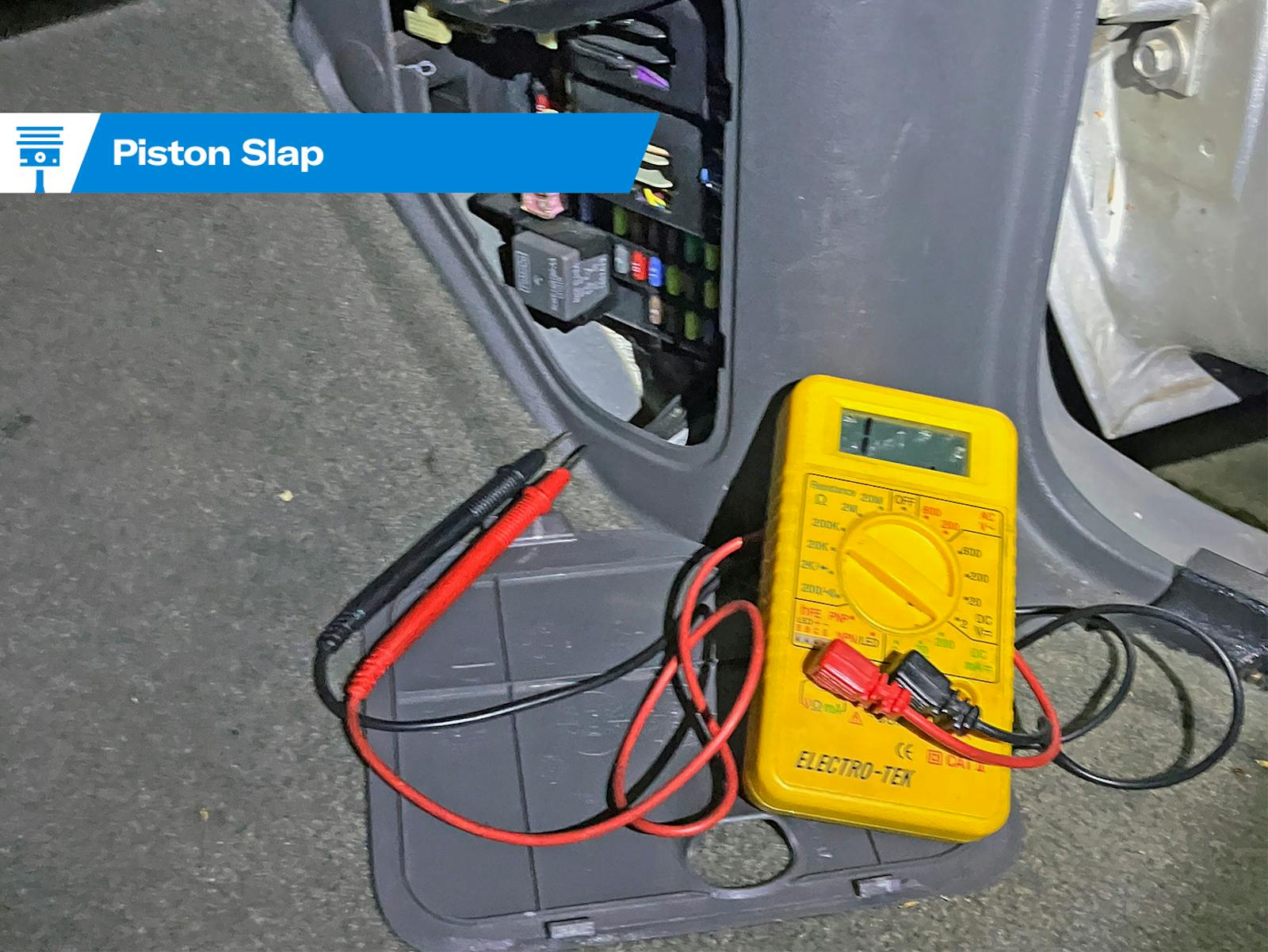Wintertime Tire Tinkering
When it’s freezing outside, a car collector’s garage can be the warmest place around. Now that we’re past the holidays, there’s time to tinker with those jobs you never seem to get done during the summer. Tire care shouldn’t be overlooked.
Tire Pressure
Tire inflation pressure should be checked every month when it’s cold outside. If one or more tires are consistently lower than others, look for a slow leak. A bad seal or porous aluminum wheels may allow air to gradually escape.
Keep in mind that the inflation pressure will drop or raise approximately one pound per square inch with every 10-degrees fall or rise in atmospheric temperature. So as it gets colder in your storage building, your tires will lose air.
You can get the most from your tires by keeping them inflated to the recommended pressures all year long. Tests show that 30 percent under-inflation reduces tire life by one-half. Cars stored with tires that are under-inflated are more likely to develop flat spots.
To keep your tires from flat-spotting, move the car back or forth a couple of feet on a regular basis, while it’s in winter storage. If this is not possible, you may want to store the car with stand jacks supporting the axles so the tires are an inch or so off the floor.
Tire Rotating
Switching tires from one position to another on the car usually prolongs their life. With four good tires, experts suggest cross-changing them from right front to left rear and left front to right rear at regular intervals.
With a full-size spare on a normal rim, the order of rotation is to put the spare on the right rear; the right rear tire on the left front; the left front on the left rear; the left rear on the right front; and make the right front the spare.
By switching tires every 4,000 miles, you could drive 20,000 miles and put only 16,000 miles of wear on your tires.
(Note: This information is for tires made right after World War II, and the rotation pattern isn’t the same for tires with more modern construction. Make sure to check the owner’s manual.)
Tire Changing
Whether you’re rotating your tires in the winter or making repairs, safety is an important consideration. Probably most tire changes made on collector cars are made with the help of a hydraulic jack, a lift or a hoist. However, if a bumper jack is used, follow the factory instructions for jacking. These instructions are for a 1940s model, but the procedure for many other vintage models is similar.
- Set the hand brake securely and remove the hubcap. Barely loosen the nuts which hold the wheel in place, using the socket and jack handle. (Be careful. On some older makes, the wheel nuts on the left side may turn in the clockwise direction, while those on the right side may turn counter-clockwise).
- Set the small lever on the side of the jack to the “up” position and place the jack under the bumper, in a vertical position, about 18 in. from the center of the front bumper or 24 in. from the center of the rear bumper. Pump the jack handle until the tire is clear of the road. If the lifter on the jack is too high on the stand to slip under the bumper, set the small lever on the side of the lifter to the “down” position, lift up on the socket handle and slide the lifter down.
- Turn off the nuts that hold the wheel in place, using the socket and the end of the jack handle. Slide the wheel from the hub and replace it with the spare wheel and tire. Replace the nuts and tighten the hub nuts all around.
- To lower the car, set the small lever on the side of the lifter to its “down” position. Lower the jack and tighten the hub nuts with the wheel on the ground. Replace the hub nut.
Although you may never need to jack up your old car with a bumper jack, it’s a good idea to try it under non-emergency conditions.
Tire Balance
Tires were marked at the factory with a red mark on the sidewall, near the bead, denoting the lightest point of the casing. The valve stem is the heavy point of the tube and should always be placed at the mark. All tires (and tubes in the old days) varied in their individual amounts of off-balance. Therefore, they were matched at the factory to counter-balance each other.
Due to irregularities in tread wear, caused by sudden brake applications, misalignment, low inflation pressures, tube or tire repairs, etc., a tire and tube assembly can lose its original balance.
If any disturbance is the steering wheel was felt while touring last summer, or if pounding, tramping or shimmying was experienced while driving the car, one of the first items to check is wheel and tire balance.
John “Gunner” Gunnell is the automotive books editor at Krause Publications in Iola , Wis., and former editor of Old Cars Weekly and Old Cars Price Guide.


